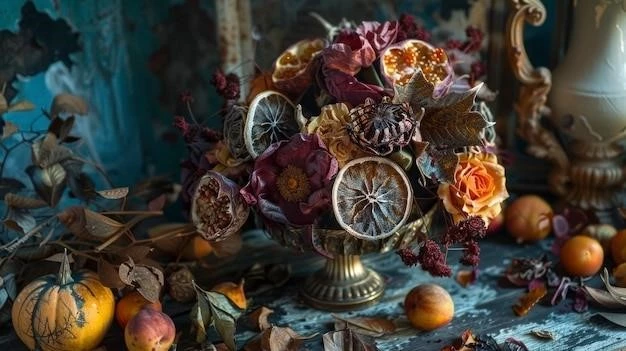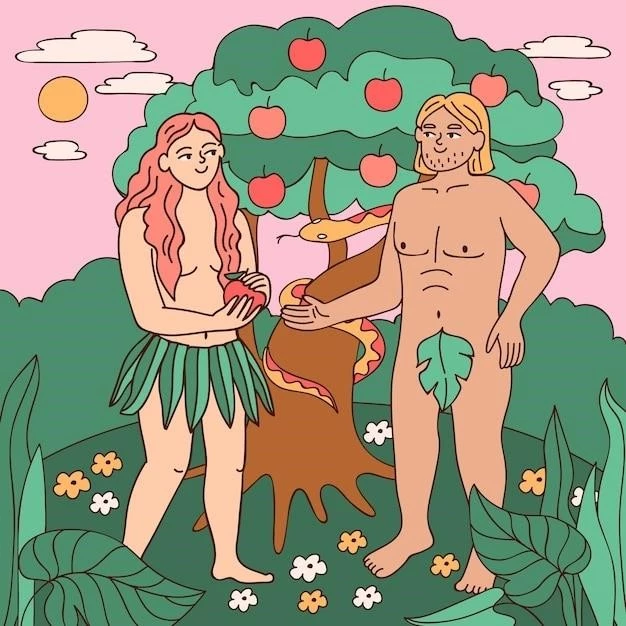Throughout human history, plants have held a profound significance in the cultural fabric of societies worldwide. From ancient civilizations to contemporary cultures, plants have served as more than just sources of sustenance and medicine; they have been woven into the tapestry of mythology, folklore, and religious beliefs, shaping the collective imagination and influencing the way humans perceive the natural world.
Plants as Symbols of Life, Death, and the Supernatural
Plants, with their cycles of growth, decay, and renewal, have often been associated with fundamental concepts of life, death, and the supernatural. In many cultures, trees, particularly ancient and towering ones, are revered as sacred beings, embodying the connection between the earthly and the celestial realms. The oak tree, for instance, has long been associated with strength, wisdom, and longevity in European folklore, while the banyan tree holds a similar significance in Hindu mythology, symbolizing the interconnectedness of all living things.
The ephemeral nature of flowers, blooming in vibrant colors before fading away, has led to their association with concepts of beauty, transience, and mortality. In ancient Greece, the poppy was linked to sleep and death, while the lotus flower in Egyptian mythology symbolized rebirth and the cyclical nature of life.
Plants in Healing and Ritual Practices
The medicinal properties of plants have been recognized since time immemorial, and their use in healing practices is deeply ingrained in many cultures. The willow tree, for instance, has been used for its pain-relieving properties for centuries, while the medicinal properties of herbs like chamomile and lavender are still widely appreciated today. In traditional Chinese medicine, plants play a central role in restoring balance and harmony within the body, with each herb possessing specific properties that can address a wide range of ailments.
Beyond their medicinal applications, plants have also been employed in rituals and ceremonies across various cultures. The use of sacred plants in religious practices, such as the burning of incense or the use of hallucinogenic substances in shamanistic rituals, highlights the profound relationship between humans and the plant world.
Plants as Guardians and Protectors
In many cultures, plants are believed to possess supernatural powers and are seen as guardians and protectors. The belief in the existence of plant spirits, or “fairies” in European folklore, is a testament to this concept. These spirits were often associated with specific plants, such as the willow tree or the hawthorn bush, and were thought to protect the natural world and its inhabitants.
The use of plants in protective charms and amulets is also widespread. The rosemary plant, for instance, is believed to ward off evil spirits, while the garlic plant is thought to have protective powers against vampires and other supernatural creatures.

Plants in Storytelling and Literature
The enduring presence of plants in mythology and folklore has profoundly influenced storytelling and literature. From the biblical Tree of Knowledge to the enchanted forests of Celtic mythology, plants have provided rich imagery and symbolic meaning to narratives across the ages. In Shakespeare’s plays, for example, the rose is often used to symbolize love and beauty, while the poisonous hemlock plays a significant role in the death of Socrates.
The impact of plants on storytelling extends beyond literature. The use of plant symbolism in visual art, music, and film further underscores their enduring role in shaping human imagination and cultural expression.

Conclusion
The role of plants in mythology and folklore is a testament to their deep and enduring significance in human culture. From ancient times to the present day, plants have served as symbols of life, death, and the supernatural, influencing our understanding of the natural world and our place within it. Their presence in rituals, healing practices, and storytelling traditions continues to shape our perceptions and inspire our imaginations, reminding us of the interconnectedness between humanity and the plant kingdom.










